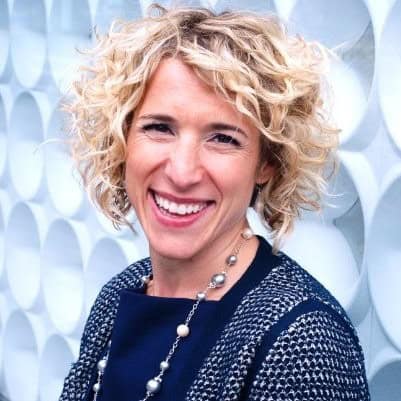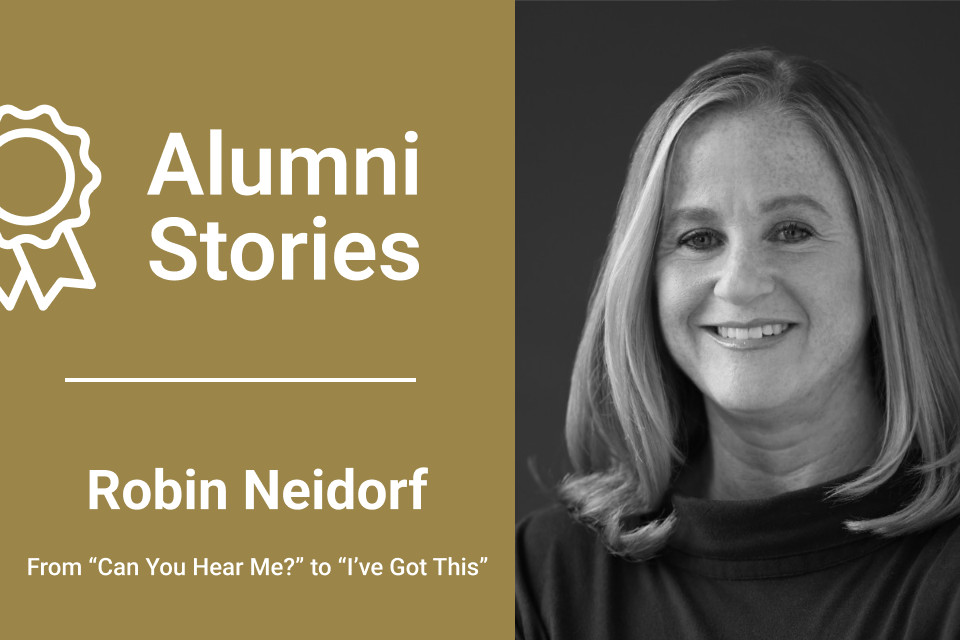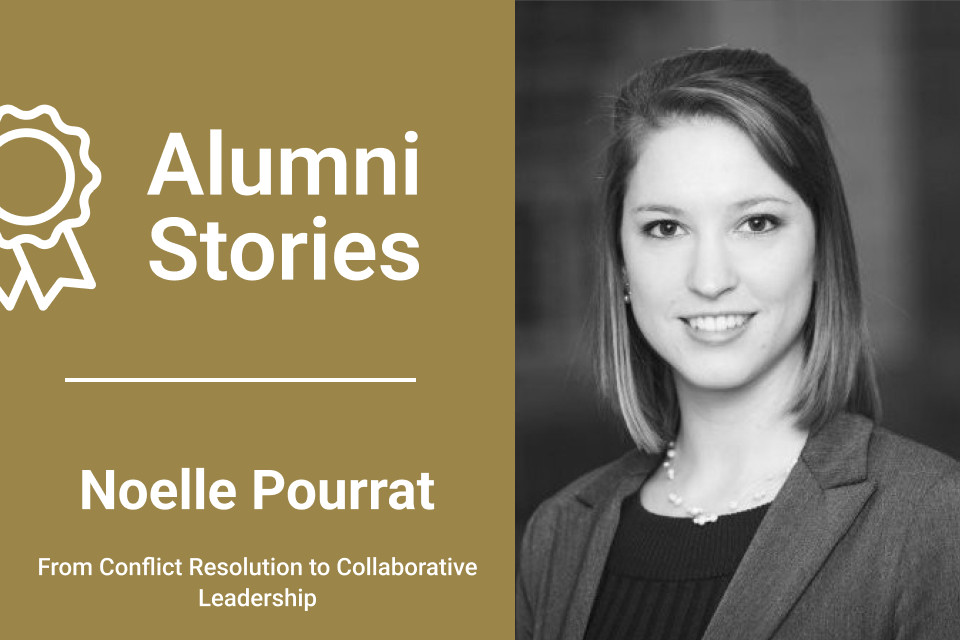How Voltage Control Helped Me Level Up My Impact in the Nonprofit Sector
Finding my calling
My mom was my first facilitator, though I didn’t realize it at the time. Growing up in Thornhill, a suburb of Toronto, I watched her lead community meetings, organize fundraisers, and champion local causes like getting our neighborhood school built. I vividly recall being 8 years old and volunteering at our local Terry Fox Run, which she organized. I was always inspired by how she effortlessly brought people together around a common cause. Those early experiences taught me that you need to put yourself out there to make change happen,a lesson that has stayed with me.
Early Steps into Leadership
In high school, I gravitated toward student leadership roles and experiences, including bringing together students from different schools to build skills and connect. At the time, I didn’t use the term “facilitation,” but that’s precisely what I was doing: guiding conversations, building community, and fostering engagement among peers. These experiences gave me a profound sense of agency and confidence, setting the stage for my path ahead.
When I reflect back, I realize the seeds of facilitation were planted deeply by my family’s culture of coaching and curiosity. Interestingly, both my parents chose to pursue coaching certifications in their early 50s, training at CTI in California before anyone I knew was trained as a coach. Watching them embrace these career shifts inspired my own confidence in continuous learning. I also got exposed to a lot of “powerful questions” in our house!

My passion for collaboration and leadership continued to grow during my university years at UNC Chapel Hill, where I pursued a double major in political science and communication studies. This academic path was deliberate, reflecting my deep interest in understanding how communication shapes leadership and organizational dynamics. Throughout my time there, I actively sought opportunities to practice facilitation, even without consciously labeling it as such.
Shaping a Career in Facilitation
After graduation, my journey took me to Goldman Sachs in New York City, where my role in coordinating training programs allowed me to observe and engage with professional facilitators firsthand. Watching these seasoned experts bring rooms alive with powerful, impactful conversations was mesmerizing. I clearly remember thinking, “This is it—this is what I want to do.”
Though my role at the bank didn’t initially include facilitation, the exposure I had was transformative. My responsibility involved hiring facilitators for various initiatives, including women’s leadership events and diversity training programs. Through observing these sessions, I began to understand facilitation as not just managing group dynamics, but as a deeply strategic tool capable of driving organizational change. The facilitators I admired most were those who balanced structure with flexibility, confidently steering difficult discussions with empathy and insight.
Following four enriching years at Goldman Sachs, I sought to blend my passion for training and organizational development with a desire to make a social impact. This pursuit led me to Harvard Business School(HBS) where I earned my MBA while taking as many electives as I could on non-profit management and social enterprise. This academic journey broadened my understanding of strategic leadership and further clarified my ambition to combine my facilitation skills with meaningful, social impact work.
My time at HBS was particularly challenging but immensely rewarding. I hadn’t previously taken business classes, so initially, it felt like drinking from a firehose. However, as I started to connect the dots between what I was learning and ways I could apply it in the non-profit sector, I became more engaged and curious. Throughout the cases we read, leaders that understood people dynamics and effective communication strategies always fared better. Participating in and facilitating group projects during that period taught me important lessons about collaboration, influence, and how to facilitate diverse groups.
Upon returning to Canada, I was hired to help get the PricewaterhouseCoopers’ Canada Foundation off the ground. As a part of that role, I developed a network of what we called “Foundation Champions” that helped to choose grant recipients, assemble volunteer teams and encourage non profit board engagement. My role included facilitating regular meetings of this group and keeping them motivated and excited about the work of the Foundation. I was always proud that our main granting program was funds for non profit leaders to engage in professional development (money that is hard to get in the social impact world!). This also gave me a good window into the development needs of leaders. This experience inspired me to venture out independently as a facilitator and leadership coach, determined to leverage these skills to support nonprofit leaders in their individual and organizational development journeys.
Stepping Into a New World of Possibilities
After a dozen years of doing this exciting and stimulating work, I decided that I wanted to hone my facilitation skills. While I had relied heavily on a structured methodology for strategy development, I was being called to facilitate increasingly complex conversations, often with challenging group dynamics. I also wanted to position myself to engage in the facilitation of collective work in the sector, which is needed now more than ever. This realization coincided perfectly with my colleague and friend Rebecca Sutherns’ recommendation of Voltage Control. Rebecca, a facilitator I deeply respect, described Voltage Control simply as “the best,” and trusting her judgment, I decided to not only sign up, but to recruit a close friend and talented facilitator, Tammy Shubat, to join me. Having a partner on the journey, who also understood the non profit sector landscape and needs in Canada certainly enriched the experience.
Participating in the Voltage Control program was like stepping into a vibrant new world full of possibilities. Immediately, I appreciated the seamless integration and innovative use of digital tools like Mural, which helped take my virtual facilitation skills to the next level. Observing Eric and Douglas expertly guide us through sessions was profoundly instructive. Their calm yet authoritative approach, combined with genuine curiosity and openness, was a true masterclass in the art of facilitation and holding space.
Purpose Changed Everything
One of the program’s greatest impacts came from exploring Priya Parker’s “The Art of Gathering.” This exploration shifted my facilitation approach by embedding the critical importance of defining clear purpose into every interaction. Instead of allowing my clients to settle for vague objectives like “board retreat” or “leadership meeting,” I now actively guide them to articulate a specific, powerful purpose of the meeting, increasing the quality and depth of the conversations I facilitate. Another highlight was revisiting and rediscovering Liberating Structures. Exercises such as “15% Solutions,” “1,2,4,8” and “Ecocycle Planning” quickly became essential components of my toolkit. These methodologies help energize discussions, inspire creativity, and unlock fresh perspectives among teams. Particularly impactful was the concept of the “groan zone,” a framework emphasizing the value of divergence in group discussions. This encouraged me to create intentional space for bold, unconventional ideas, greatly enriching the collaborative process.

Bringing Facilitation into Strategic Leadership
Voltage Control did not just equip me with new tools—it empowered me to step more confidently into a leadership posture in my facilitation. Previously, I leaned into what I saw as the integrity of the neutral role of facilitator. However, this certification invited me to see facilitation itself as a powerful form of leadership, enabling me to guide organizations effectively through complexity towards significant, lasting impact.
Since completing the program, I’ve confidently undertaken more ambitious facilitation projects, including with boards and leadership teams at several national organizations. I have also been called on to train leaders in strategy and strategic facilitation and have drawn on Voltage Control exercises like the “Deflection Point” to help them navigate strategic crossroads and imagine bigger, bolder futures.
Charting a New Path Forward
Today, I am deliberately shifting my practice toward addressing larger, collective challenges within the nonprofit sector. Rounding out my work as a strategic coach and consultant on organizational strategy, I’m increasingly drawn to projects involving multiple stakeholders. My goal is to foster collaboration across sectors, bringing together funders, nonprofits, academics and communities to tackle critical social issues collaboratively. By creating meaningful, inclusive spaces for dialogue and innovation, I aim to drive deeper, systemic change.
Though this path presents unique challenges, requiring intensive focus, deep commitment, and intentional relationship-building, the potential rewards are immense. Being recognized as a facilitation expert allows me to significantly influence important social outcomes, transcending traditional organizational boundaries and creating a broader, deeper impact.
Looking ahead, I’m excited about the continued evolution of my practice, deeply informed by purpose and supported by the vibrant Voltage Control community and its wealth of resources.
For anyone considering Voltage Control’s Facilitation Certification, my message is clear: Do it. This program will significantly expand your perspectives, enhance your facilitation capabilities, and connect you with an incredible community dedicated to continual learning and improvement. It truly is the gift that keeps giving.


